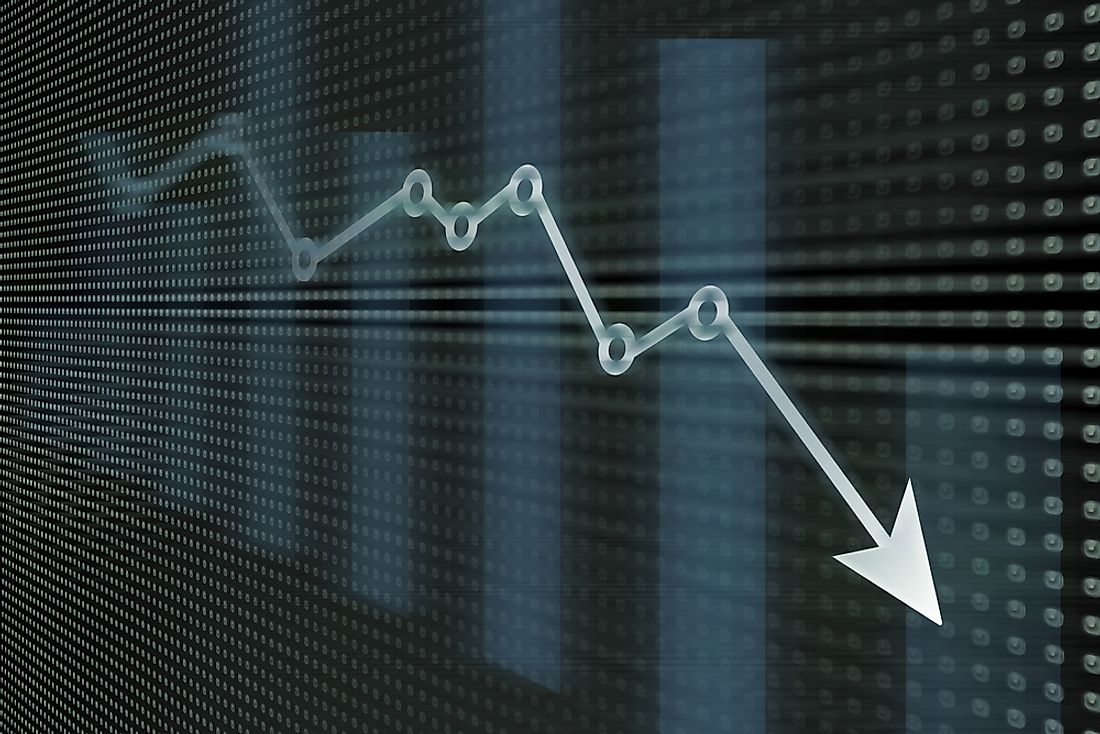What is the Difference Between a Depression and a Recession?

The terms recession and depression are at times used interchangeably in economics. However, the terms mean two different things.
What Is a Recession?
A recession is a general economic downturn which lasts for more than a few months. It often will appear as a drop in retail sales, income, productivity, and employment. Some factors can trigger recession ranging from inflation, high-interest rates, wage decreases, and reduction in consumer confidence. The definition of a recession often varies between countries. The National Bureau of Economic Research (NBER) measures the aforementioned factors monthly to detect a recession. In the United Kingdom and most of Europe, a recession is declared after negative economic growth has been recorded for two consecutive quarters.
A recession leads to several undesirable effects. Unemployment rises, reducing consumer purchasing power. It also affects the housing sector as people who cannot make mortgage payments lose their homes. Numerous businesses go bankrupt as a drop in business orders is witnessed. The government sometimes bails out large financial institutions on the brink of bankruptcy. A recession is often viewed as a normal occurrence in the business cycle.
What Is Depression?
The term depression denotes an extended period of slowed economic activity. In such a period, there is widespread unemployment, low investments, low productivity for firms, and low consumer spending. Numerous firms report bankruptcies while others downsize and lay off employees. Other characteristics of a depression include a reduction in available credit, a drop in trade and commerce including international trade, price deflation, sustained volatility in the value of currency, and bank failures. A depression is sometimes framed as a serious and severe form of recession which means low economic activity extending for two or more years and GDP could drop more than 10%. Recovery from a depression is often slow, and most times, government intervention is needed. In the years leading up to the 18th century, depressions were caused by non-economic factors including warfare and crop failures due to bad weather. From the 19th century, depressions were directly related to commercial, speculative, and industrial factors.
Examples Of Depression
The Great Depression began in the US in 1929. The depression was triggered by the crash of the country’s stock market. By 1933, the unemployment in the nation had peaked to 25%. The depression spread to other capitalist countries, and it was also a cause for the major currencies to turn their backs on the gold standard. During the Great Depression, many investors’ portfolios were rendered worthless. Political unrest, poverty, hunger, and unemployment were witnessed in various parts of the country. In 1932, the newly elected President Franklin D. Roosevelt oversaw the implementation of measures to rectify the situation including the establishment of the Securities and Exchange Commission (SEC) tasked to regulate the country’s stock markets. Another institution, the Federal Deposit Insurance Corporation, was commissioned to protect depositors’ accounts.











